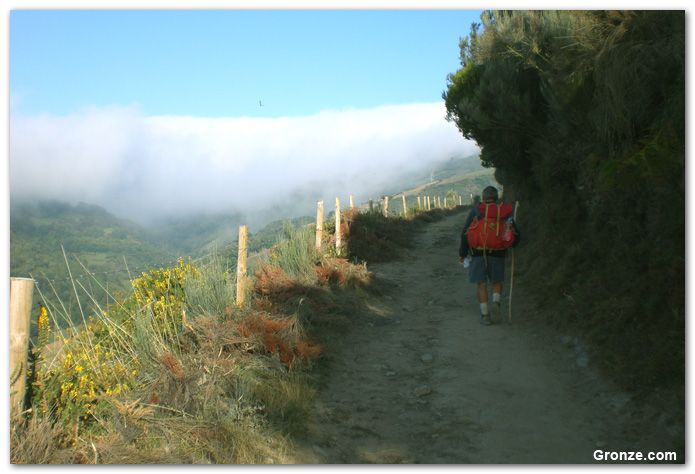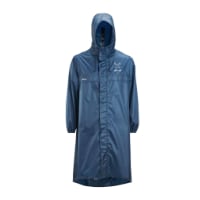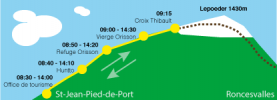CaminoKate0214
Member
- Time of past OR future Camino
- June/July 2015 (CF, 100 miles), June/July 2018 (CP, ~40 miles, too hot!)
Hi all,
I started training some in June, did more in July, and now aim to train nearly every day in August. I'm up to 10k steps a day which doesn't just drain me or make me ultra sore, but where I am, Louisiana, is super flat. I'm doing what I can, realizing I'll train every day as I walk, and I have time. So a few questions:
1) I leave 1 September, and have three months to walk. I'm slow because of weight and knee issues, but determined and persistent. I have thought about starting in Pamplona because someone told me it's a lot flatter overall, and walking to SdC, then if I have time, coming back and walking the Valcarlos route and doubling back to Pamplona. But then I think I'd love to begin at SJPdP, walk the Valcarlos, and do the full Camino, start to finish, in a more traditional way. I'm 54, have wonky knees, but have hiking poles, and have no issue at all going slow, getting passed, and listening to my body and taking my time. Any thoughts?
2) Are there places to stay along the Valcarlos route? How far between each albergue? I'd prefer not to sleep rough if I don't have to!
3) How far is it from Valcarlos to Roncevalles, and how much water should you bring? I'm type 2 diabetic, and I need to hydrate. If it's hot, I don't want to do what I did in 2015 on my first day out, and run into heat exhaustion.
4) Speaking of, how hot should it be in September? When does it get cold, later in September, into October? I have a down vest, merino long-sleeve shirt, regular long-sleeve shirt, undershirt, and a pair of leggings. Did anyone use gloves, or just put socks on their hands in the mornings?
Thanks, everyone. I look forward to reading all replies.
I started training some in June, did more in July, and now aim to train nearly every day in August. I'm up to 10k steps a day which doesn't just drain me or make me ultra sore, but where I am, Louisiana, is super flat. I'm doing what I can, realizing I'll train every day as I walk, and I have time. So a few questions:
1) I leave 1 September, and have three months to walk. I'm slow because of weight and knee issues, but determined and persistent. I have thought about starting in Pamplona because someone told me it's a lot flatter overall, and walking to SdC, then if I have time, coming back and walking the Valcarlos route and doubling back to Pamplona. But then I think I'd love to begin at SJPdP, walk the Valcarlos, and do the full Camino, start to finish, in a more traditional way. I'm 54, have wonky knees, but have hiking poles, and have no issue at all going slow, getting passed, and listening to my body and taking my time. Any thoughts?
2) Are there places to stay along the Valcarlos route? How far between each albergue? I'd prefer not to sleep rough if I don't have to!
3) How far is it from Valcarlos to Roncevalles, and how much water should you bring? I'm type 2 diabetic, and I need to hydrate. If it's hot, I don't want to do what I did in 2015 on my first day out, and run into heat exhaustion.
4) Speaking of, how hot should it be in September? When does it get cold, later in September, into October? I have a down vest, merino long-sleeve shirt, regular long-sleeve shirt, undershirt, and a pair of leggings. Did anyone use gloves, or just put socks on their hands in the mornings?
Thanks, everyone. I look forward to reading all replies.


























